How to define the blending and cooking scheme for the treatment of rose summer with Costa Rican raisin honey
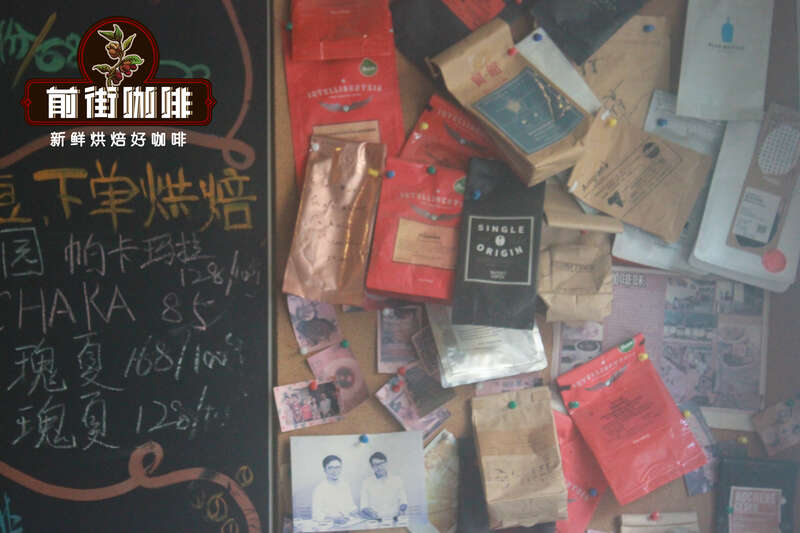
Professional coffee knowledge exchange More coffee bean information Please pay attention to coffee workshop (Weixin Official Accounts cafe_style)
The previous article mentioned Candle Manor in the front street. Today, I want to talk about Mirasu Manor, which is a neighbor of Candle Manor. Esteban Sanches, owner of Mirasuu Manor, was originally a member of the Candle Manor family. Born in Coban, he was passionate about coffee and his research on coffee varieties. He set up Mirasuu Manor as a "laboratory" for planting and researching coffee varieties.
Rose summer blend is a single coffee bean!
In the front street, when talking about Panama flower butterfly rose summer coffee beans, there is talk about the definition of single-item coffee refers to the coffee variety of a single producing area. However, the names of single-item coffee are useful for producing areas, useful varieties, useful processing plants, useful estates, and various fancy names, which are dazzling.

It is generally impossible to have all one variety in one area, and the processing plant also processes coffee harvested from nearby coffee farmers, so the green beans are already finished when the green beans trade. Or perhaps the reason why beans like Ethiopia vary in size is because Ethiopia has a rich variety of coffee varieties, most of which are mixed planted and harvested. Beans from the same origin, the same estate/cooperative, these beans are still defined as single-origin coffee.
Milasu Manor
Finca Mirazu
Milasu Estate is located in Costa Rica's fine coffee Tara Pearl region. Tara Pearl is located in the fertile volcanic region of Central America, where there is a humid climate and fertile volcanic soil, abundant rainfall throughout the year, high altitude, dense forest natural shade, for coffee growth provides a unique environment. Although many coffee estates are established within the Tara Beads region, some of the microclimate, soil and varietal differences present in each estate are fairly complete. These wonders of nature are the driving force that attracts Front Street to constantly search for different coffee beans from the same producing area for comparison.
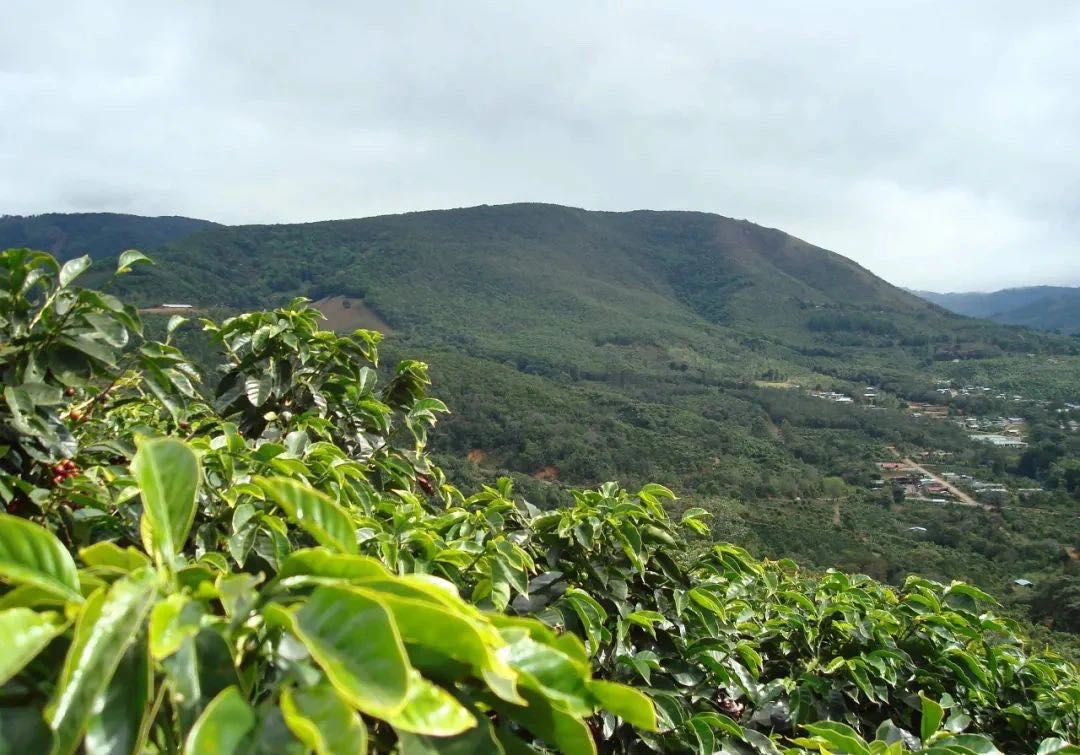
Esteban Sanches graduated from the coffee department of Costa Rica Agricultural University. He can be said to have a professional background. At the same time, he himself is also a person with a very scientific experimental spirit. On the one hand, the estate tried to grow varieties such as ET47 Ethiopian native species and tried various treatment methods. On the other hand, the small wet treatment machine in the estate treatment plant was designed and assembled by Esteban Sanches himself.
Coffee bean varieties
Geisha、ET47,SL28、Maico
There is no need to say more about Geisha. I believe everyone is familiar with this variety. The summer rose variety was originally collected from coffee forests in Ethiopia in the 1930s. In 1953 it was taken to the Tropical Agricultural Research Center (CATIE) in Central America, where it was recorded as joining T2722. However, this plant has brittle branches and is not popular with farmers, so it is not widely cultivated.
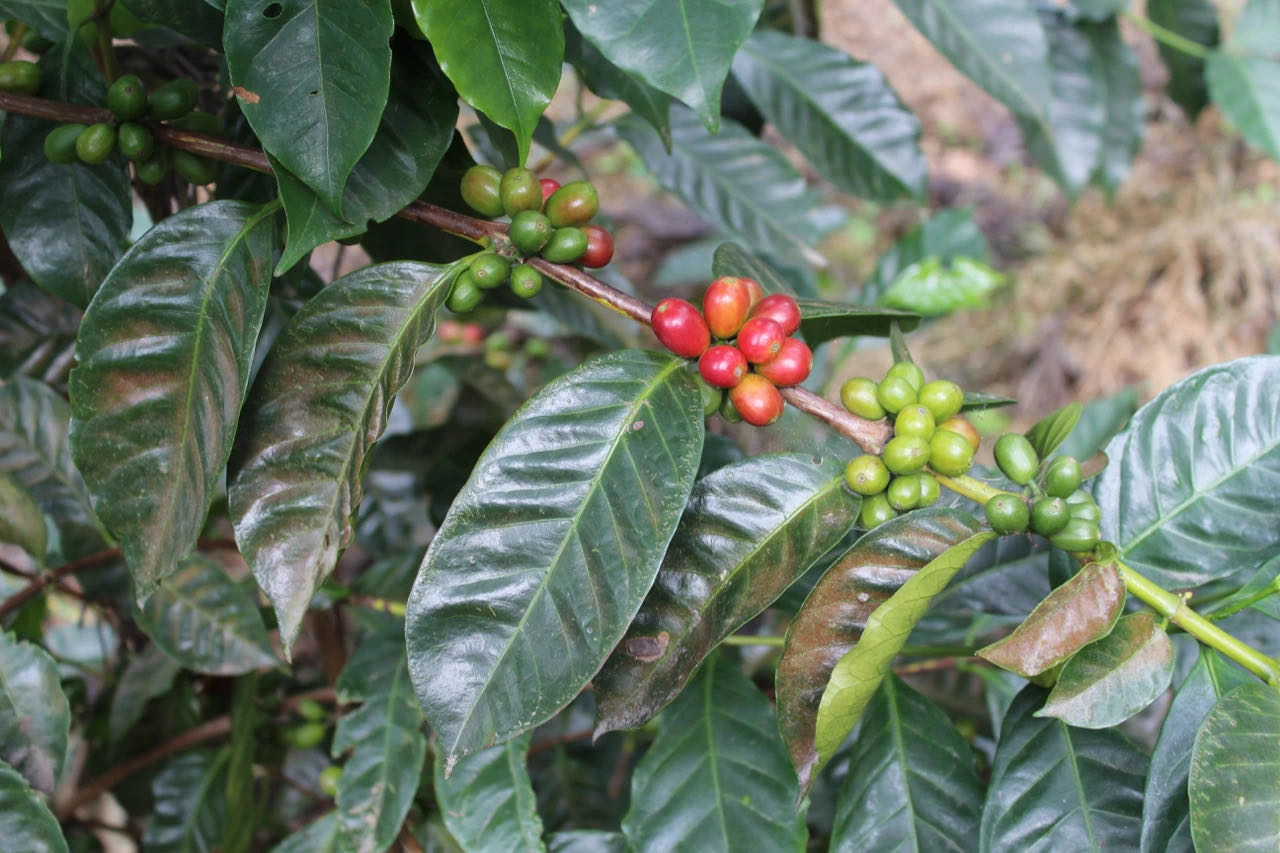
ET47 In the 1990s, the Costa Rican Coffee Institute introduced many of the tree species as leaf rust control research species and sent them to farmers in the Tara Pearl region for planting. ET47 was given the laboratory number 47 because many varieties were introduced at the same time, mostly using numbers to distinguish them. Esteban Sanche, owner of the estate, got ET47 and began to study this coffee variety, which can be said to be a complex complex, carrying many excellent flavors, such as sweet fruit, round, clean and elegant acidity. The Costa Rican Coffee Institute has not announced what the ancestors of ET47 are.
SL28 According to historical records, senior coffee officials at A.D. Trench noticed a variety growing in the Modi region of Tanzania that appeared to be resistant to drought, disease and pests. The seed was collected and taken back to Scott Labs, where its drought resistance was confirmed. Genetic testing in recent years has confirmed that SL28 belongs to the bourbon gene group, so SL28 coffee beans also look close to the round body of bourbon varieties.
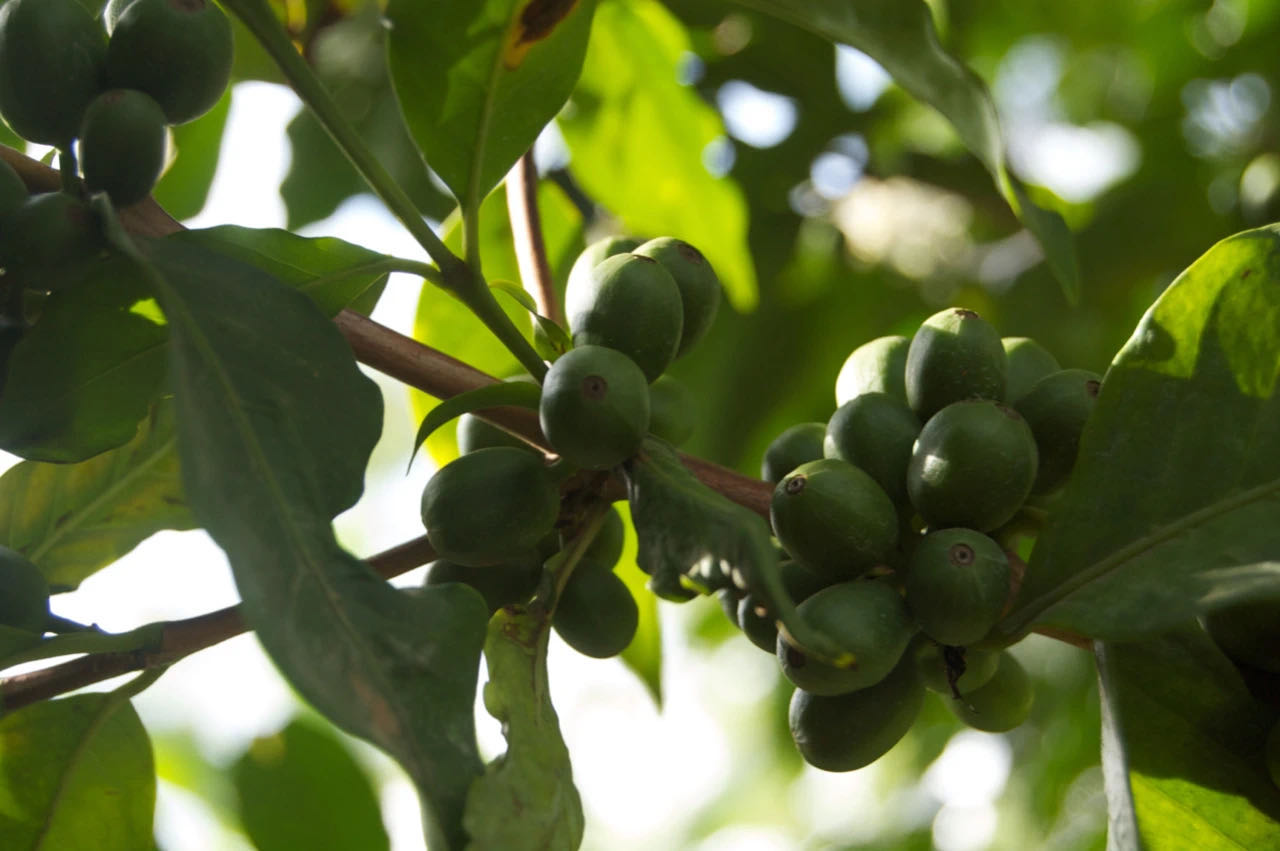
Maico has no official information for this breed. This coffee bean from Front Street Coffee is composed of 50% Crescia coffee beans and 50% ET47, SL28 and MAICO. The rose variety provides jasmine aromas, while the other varieties enrich the coffee with strawberry and berry flavors, adding sweetness to the coffee by processing it with raisin honey.
Coffee bean processing
Raisin Honey
Raisin honey treatment method is to retain 100% pectin and zero water treatment method, this method improves the difficulty of honey treatment processing method, which requires strict control of time. The grower will first select the harvested coffee fruit, put the selected coffee fruit on an elevated bed to dry for at least three days, and then remove the peel. What is interesting is that the peeler developed by the owner himself is different from others. It can process two different kinds of beans at once. Because the owner devoted his time and energy to studying machines and coffee, farmers nearby called him Dr. Machine and the sun-baked bean expert.
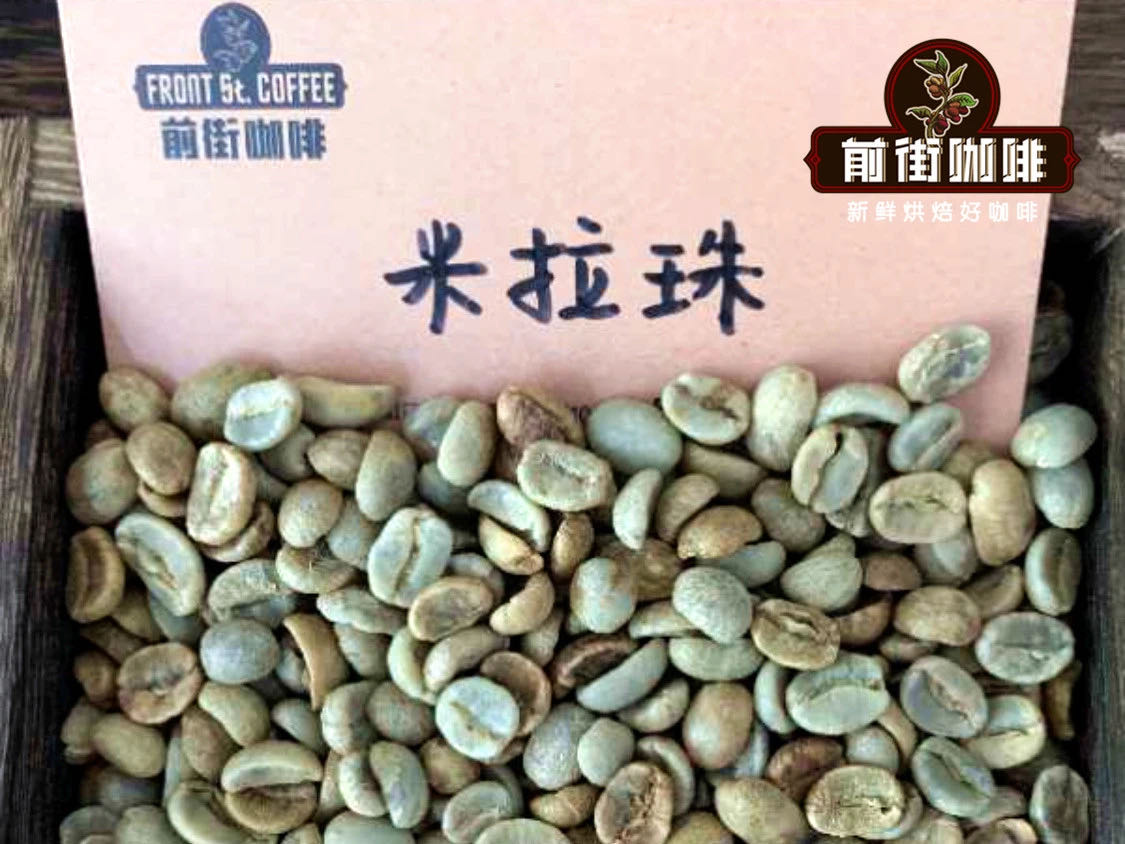
After removing the peel, the pectin is retained and then dried. At this stage, climatic factors are key to successful honey processing. Turn the beans over and over during drying to make them dry evenly, but with a good frequency. Dry slowly to ensure that the coffee has fermentation treatment, but not so slowly that excessive fermentation occurs. Front Street Coffee found that 100% of pectin had been retained in the raisin honey by cup test, and the sweetness of coffee flavor was also very high, and it would also have the fermentation sweetness of a preserved fruit.
Front Street Coffee Roasting Advice
Yang Jia 800N, bean dosage: 480g. Preheat furnace temperature to 200℃, cool to 175℃, put into boiler, adjust fire power to 120 ℃, open damper to 3 ℃, return temperature point to 1 32", keep fire power; when 114℃, keep fire power unchanged, open damper to 4 ℃.
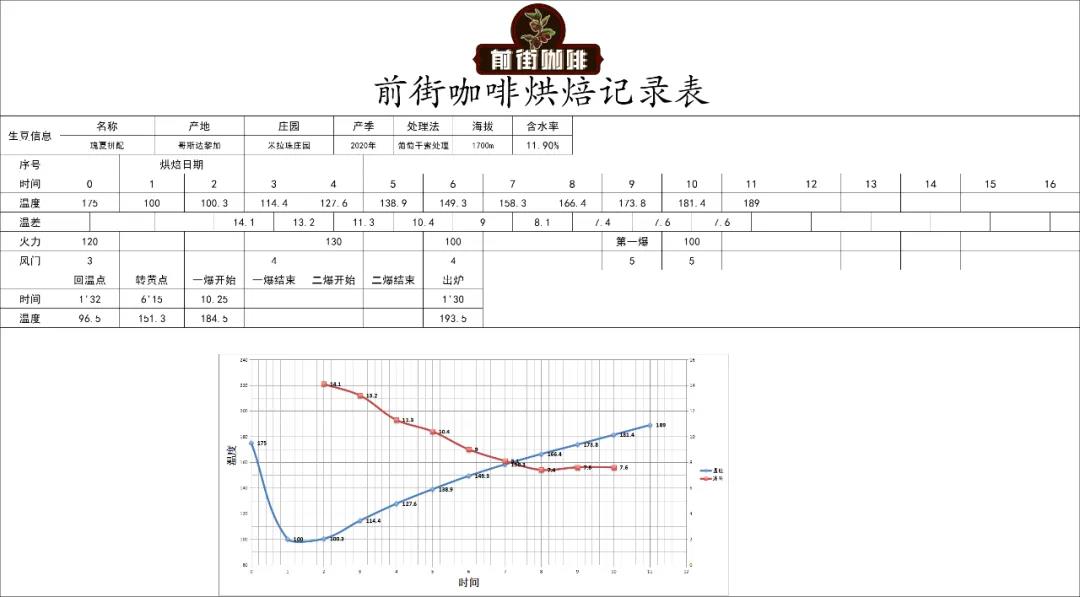
6 15"turn yellow, grass smell disappears, enter dehydration stage, 140℃ when the fire down to 100, damper 4." 9 00"dehydration is complete, the bean surface appears wrinkles and black stripes, toast flavor to coffee fragrance, for a prelude to explosion, then pay attention to listen to the sound of an explosion. At 10, 25,"start with one blast, throttle open five, fire unchanged. The development time after explosion is 130 ", and the temperature is 193.5℃.
Front Street Coffee Cup Test Report
The front street coffee cup test will be carried out within 8-24 hours after the coffee beans are roasted, using a ceramic 200ml cup test bowl, an antistatic metal standard cup test spoon, and a cup test water temperature of 94°. The cup test coffee powder grinding degree is controlled to be 70%-75% of the passing rate of No. 20 standard sieve (0.85 mm). The ratio is 1: 18.18 (11.1 grams of coffee powder plus 200 ml of hot water), so the concentration extracted is exactly in the range of 1.15%-1.35% of the gold cup. Grind first to smell dry incense, then fill the bowl with water. Wet aroma confirmation, 4 minutes later, residue breaking and residue fishing, flavor evaluation.
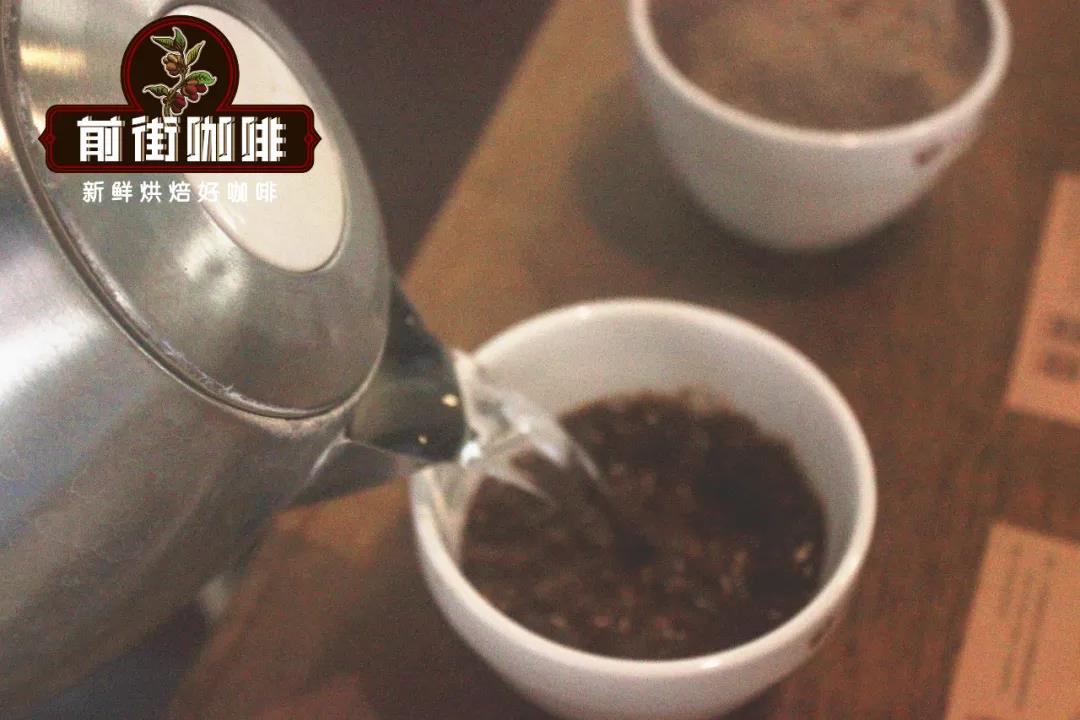
Dry fragrance: floral fragrance
Wet aroma: dried fruit, berries
Flavor: Raisins, berries, nuts, cream
Front Street Coffee Brewing Experience
Filter cup: Hario 01
Powder: 15g
Powder water ratio: 1:15
Water temperature: 90°C
Grindability: medium and fine grinding (pass rate 80% for Chinese standard No.20 sieve)
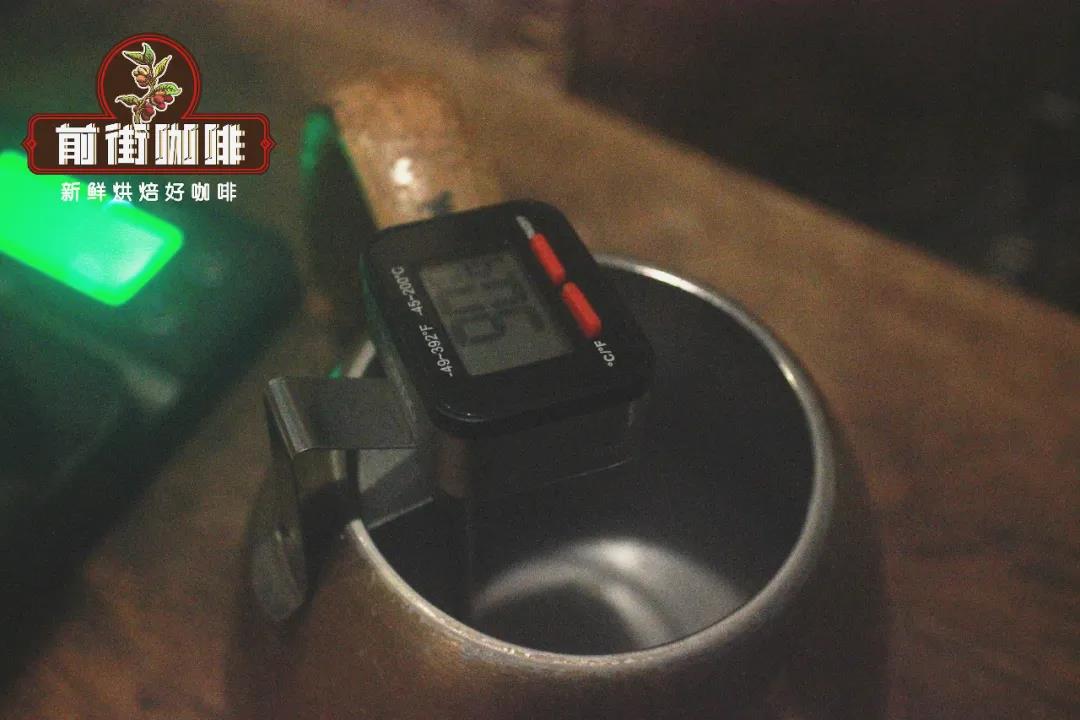
Front street brewing technique: wet filter paper and preheat filter cup and coffee pot first. Steaming with 30g water for 30s, injecting water in a circle to 125g with small water flow, stopping injecting water to 225g when the water level drops and exposing the powder bed, removing the filter cup when the water level drops and exposing the powder bed, and extracting for 201 ".
Brewing Flavor: Jasmine aromas, sweet currant flavors on the palate, strawberry fudge sweetness, nutty creamy texture.
More fine coffee beans, please add private WeChat Qianjie Coffee, WeChat: kaixinguoguo0925
Important Notice :
前街咖啡 FrontStreet Coffee has moved to new addredd:
FrontStreet Coffee Address: 315,Donghua East Road,GuangZhou
Tel:020 38364473
- Prev
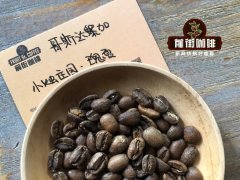
Costa Rican rose summer coffee beans brewing small candle manor rose summer coffee beans hand brewing water temperature suggestion
Professional coffee knowledge exchange more coffee bean information please follow the coffee workshop (Wechat official account cafe_style) I believe you are no stranger to Panamanian Rosa coffee beans. Panamanian rosy summer coffee was actually introduced from Costa Rica in 1960, when the Costa Rican Coffee Institute obtained some seeds from Tanzania in 1953.
- Next
Costa Rica Phoenix Estate Coffee Bean Brewing Share Sun-baked Coffee Bean Flavor Characteristics Description
Professional coffee knowledge exchange More coffee bean information Please pay attention to coffee workshop (Weixin Official Accounts cafe_style) On the coffee bean list of Qianjie Coffee, a coffee bean named Fire Phoenix Manor Sapphire in the column of Costa Rica production area always attracts everyone's attention. Fire Phoenix Manor is a 100% organic plantation in the fertile volcanic hills of the Central Valley
Related
- Beginners will see the "Coffee pull flower" guide!
- What is the difference between ice blog purified milk and ordinary milk coffee?
- Why is the Philippines the largest producer of crops in Liberia?
- For coffee extraction, should the fine powder be retained?
- How does extracted espresso fill pressed powder? How much strength does it take to press the powder?
- How to make jasmine cold extract coffee? Is the jasmine + latte good?
- Will this little toy really make the coffee taste better? How does Lily Drip affect coffee extraction?
- Will the action of slapping the filter cup also affect coffee extraction?
- What's the difference between powder-to-water ratio and powder-to-liquid ratio?
- What is the Ethiopian local species? What does it have to do with Heirloom native species?

